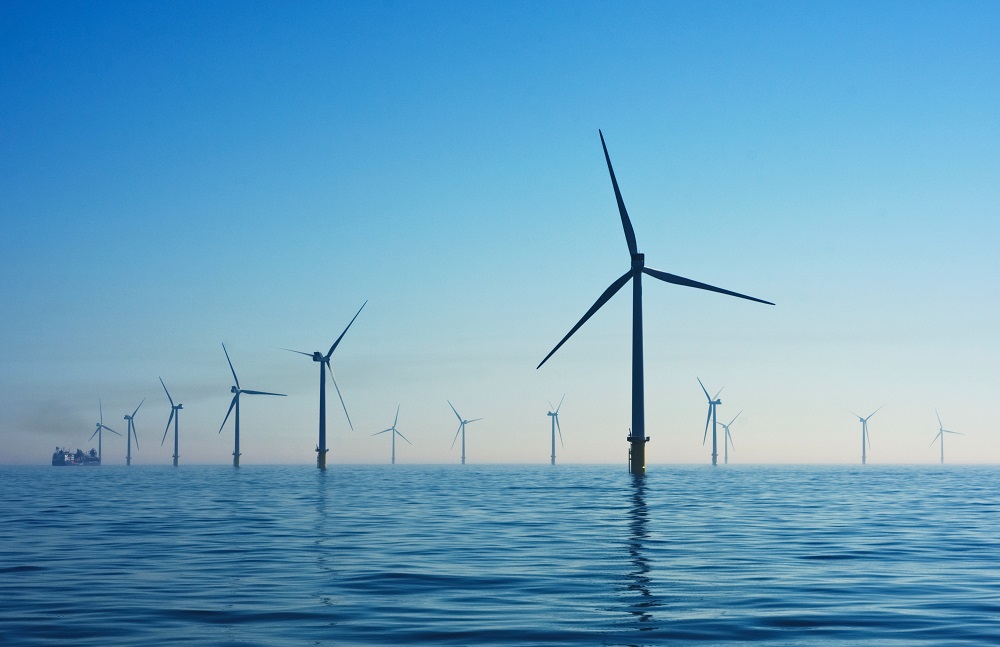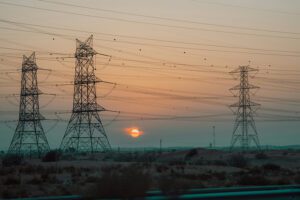Japan is often closely associated with technology and advancement, as the country pioneered lithium-ion batteries, as well as the solar-powered calculator and hybrid cars.
However, since the meltdown at the Fukushima Daiichi nuclear reactor in 2011, which was triggered by a tsunami, Japan decided to close almost all nuclear power plants and shift toward burning coal.
Japan has a natural potential to tap into wind-derived power but in 2022, the country’s electricity produced by wind was only 1%.
Earlier in March, to combat climate change, the Group of Seven nations (G7), which includes Japan, pledged last year to largely decarbonize their power sectors by 2035. However, Tokyo has not yet provided a clear roadmap for achieving this target.
According to a Lawrence Berkeley National Laboratory study, Reuters suggests that Japan could take advantage of the dwindling cost of solar, wind, and battery storage, and derive 90% of its power from renewable sources by 2035.
And while countries like Germany have slowly phased out nuclear power and transitioned to renewables, Japan seems to be lagging behind.
According to Bloomberg, emissions in Germany dropped to 21% per capita since 2010, while their zero-carbon share of generation to 58% in 2022. Japan, on the other hand, marked an increase in fossil fuel shares, with emissions dropping by only 8.6%.
The solution isn’t as simple, as Japan’s problem is a combination of numerous factors, such as the nature of its geography, ownership of farmlands as well as the structure of the power market.
Japan is a mountainous country with scarce usable land, which makes it difficult to transition as renewable energy sources take up plenty of space. Additionally, “about a fifth of this farmland and 11% of the total area is unregistered, thanks to a quirk of inheritance law that means large tracts of the country are officially held in the names of people who’ve been dead for generations,” Bloomberg adds.
By raising renewable energy to 36%–38% of its electricity mix, doubling 2019 levels, and increasing nuclear power to 20%–22% from 2019 levels, Japan hopes to reduce greenhouse gas emissions by 46% by 2030 compared to 2013 levels. The fifth-largest emitter in the world also wants to be carbon neutral by 2050.
As per Reuters, in the scenario where the least expensive combination of generation, storage, and transmission is used, renewable energy sources, such as floating offshore wind, will account for 70% of the electricity mix by 2035. Nuclear and gas-fired power will contribute 20% and 10% of the total, respectively, while existing coal power plants will be phased out.














